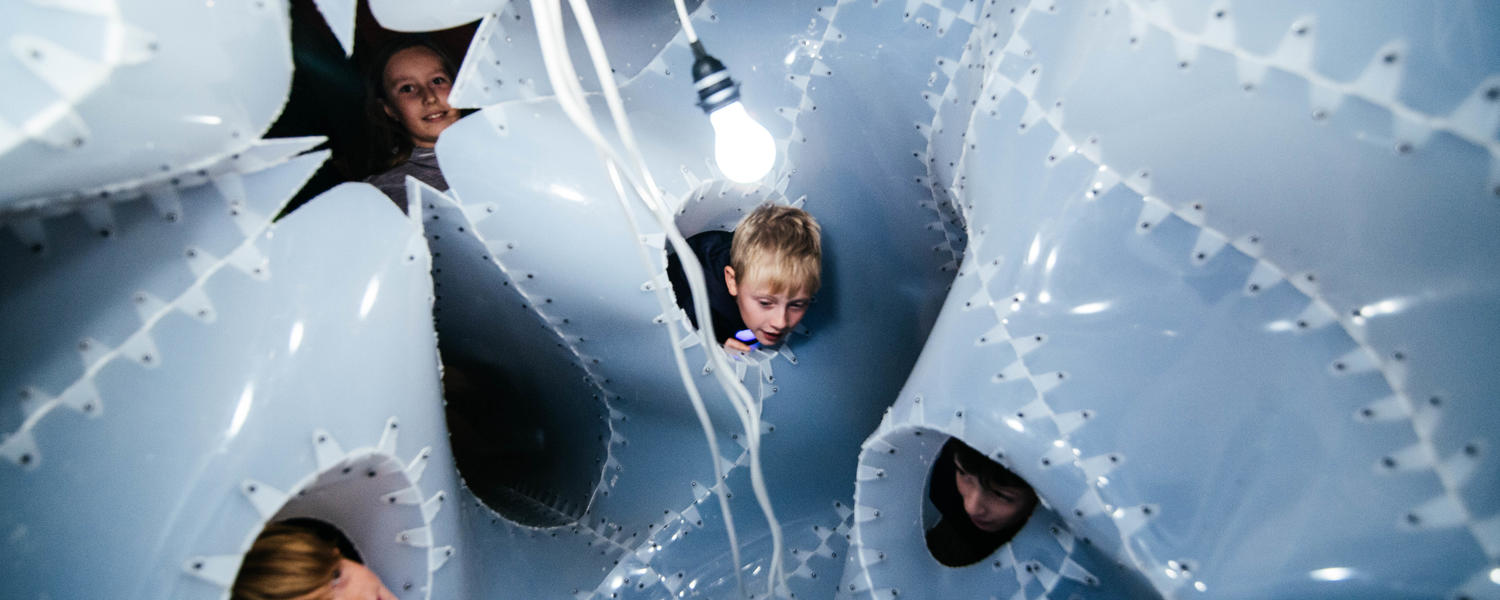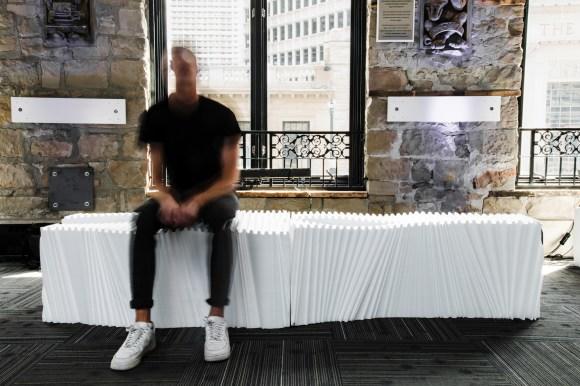An interdisciplinary research group
The Laboratory for Integrative Design (LID) is an interdisciplinary research group that brings together researchers from multiple disciplines. The researchers at LID operate in areas of overlap that exist between design, its allied disciplines of engineering and production, and other fields, such as computer science, material science, mathematics and biology.
The operative domain of LID is integrative design, in which methods, processes, and techniques are discovered, appropriated, adapted, and altered from elsewhere, and often digitally pursued. As a research entity, LID projects a fundamentally different attitude towards collaboration, one that needs not be limited to the professions and disciplines comprising the building industry. The LID designers and researchers engage design as a broadly integrative endeavor by fluidly navigating across different disciplinary territories, and deploy algorithmic thinking, biomimicry, computation, digital fabrication, material exploration, and/or performance analyses to discover and create processes, techniques, and products that are qualitatively new. Scientific and engineering ideas become starting points of the design investigation. Mathematics and geometry are re-embraced as a rich source of ideas in articulating form, pattern, surface and structure in architecture, and collaborations with mathematicians are sought out.
Keywords
Integrative design
Fabrication
Science, mathematics, and engineering are not the only domains that are explored for potential ideas within LID. Its designers and researchers are increasingly looking for inspiration in nature to discover new materials and new material behaviors, which enable architectures that can respond dynamically to changing environmental conditions. In addition to mimicking the intricate complex appearance and organization of patterned skins and structures in nature, their behavior is also being investigated for possible new ideas about the performance of building skins and structures. In such "form follows performance" strategies, the impulse is to harness the generative potential of nature, where evolutionary pressure forces organisms to become highly optimized and efficient (nature produces maximum effect with minimum means).
At LID, we see integrative design as an emerging trajectory for architecture as it enters a post-digital phase and as it embraces ideas, concepts, processes, techniques, and technologies from elsewhere (just like before only more so).
Sukkah Documentary 2018 LID
Founders
Jason Johnson
403.220.3634
jason.johnson@ucalgary.ca
Joshua Taron
403.220.6415
jmtaron@ucalgary.ca


